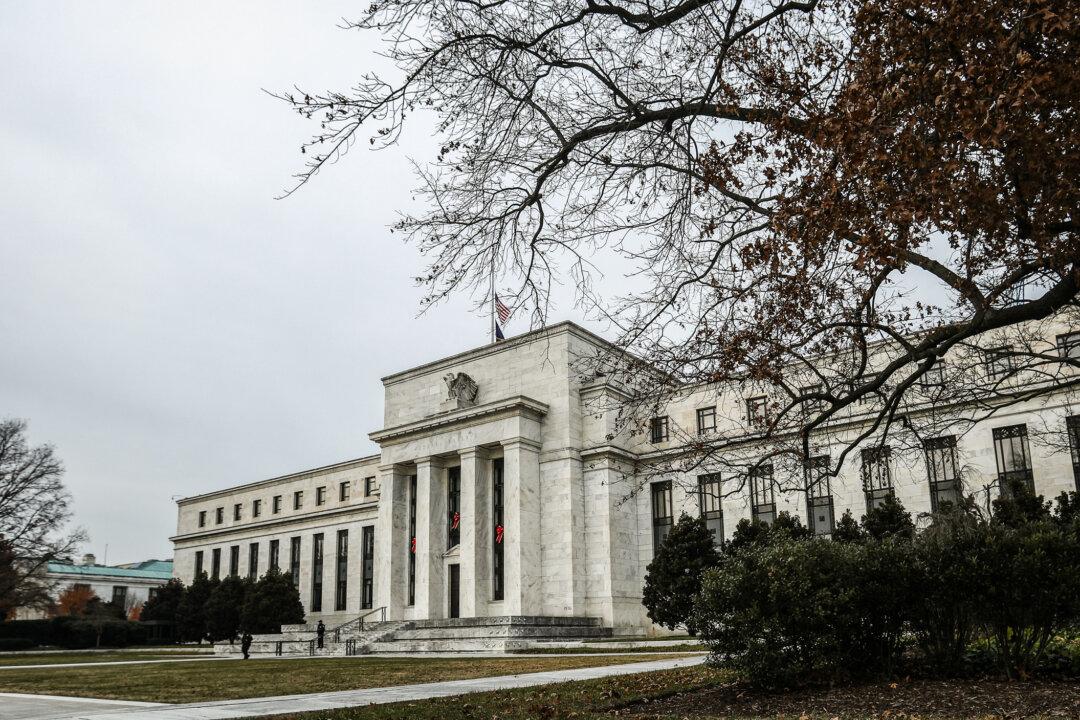A Federal Reserve report found signs of the labor market cooling across the United States, with many regions seeing a higher number of applicants for job posts and more selective hiring by businesses.
In its latest Beige Book published on Jan. 17, the Fed reported that seven of its districts described “little or no net change” in their overall employment levels while four districts called the pace of job growth “modest to moderate.”





